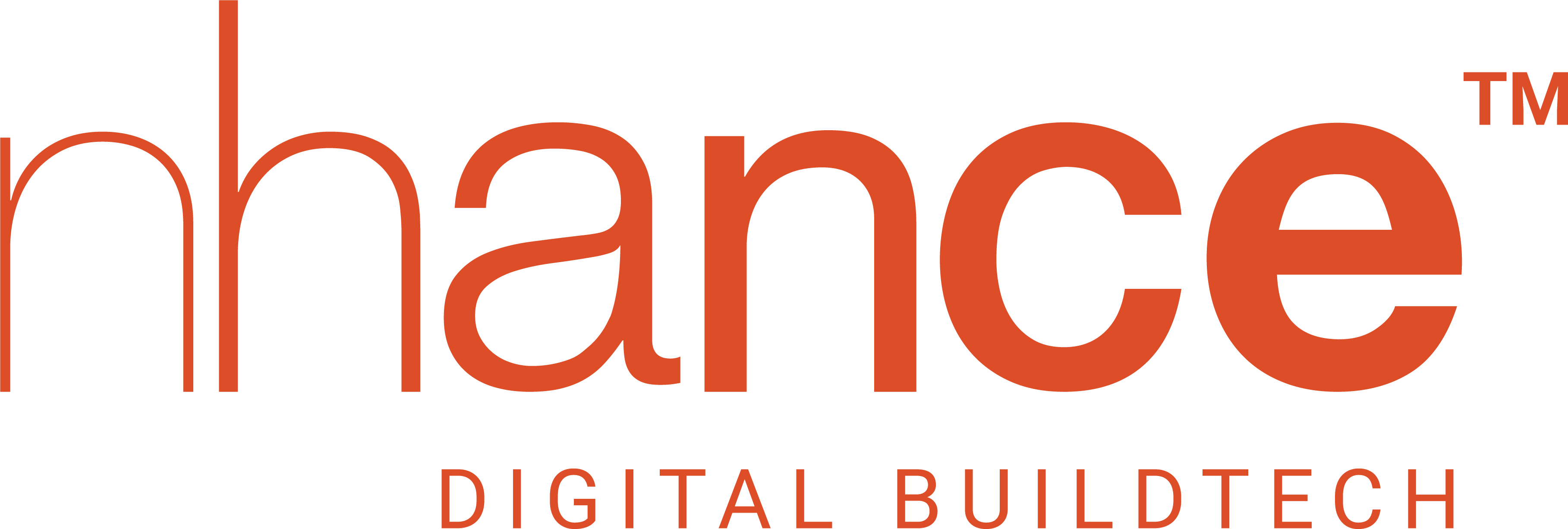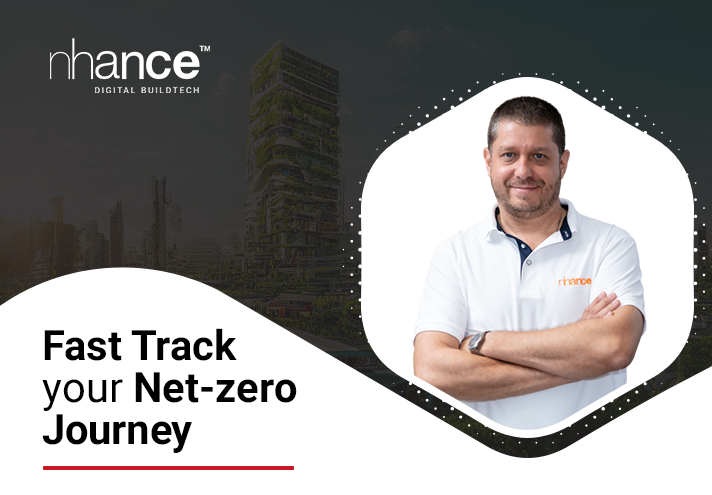Ran Kremer heads our ESG portfolio at nhance. He has over 15 years of executive experience as a leader and mentor across India and Sri Lanka with Software Sales and Professional Services teams, in multiple technology MNCs.
We had a chance to sit down with him and get his key insights on what he sees as the future of the built environment.
1. What are the key environmental challenges facing the built environment today?
While we may call these challenges, to the world experts and industry leaders it is already very clear that in reality the environmental “challenges” are essentially the most potent key levers and strong incentives for an accelerated growth path. Environmental challenges impact almost all the key aspects of a business – upstream and downstream value chains. Companies undertaking the net-zero journey are proven to experience the empowerment of employees, and confidence of customers as well as a major boost to the relationship with all the rest of the major stakeholders like your investors and board of directors.
Nonetheless, the key environmental aspect to target is the Decarbonisation of the facility by using best practices with optimised CAC (Carbon Abatement Curve). Once we discover the secrets of this curve, we can optimise the value generated for the organisation and stakeholders through the net-zero journey. We focus on optimising levers and hotspots to get the best ROI for our customers.
2. What sustainability innovations do you see in built environments of the future?
The future of built environment sustainability looks very promising and is a major source of hope and inspiration, thanks to the latest technological innovations.
Today, the tech which spearheads this positive outlook will make our facilities risk-free, will protect the lives and well-being of our employees, will shield our value chain from harmful practices and will make the economy of our businesses future-ready, more efficient with resources across the value chain and resilient to climate risks.
In my view, what seems to be leading this trend of environmental tech investments are – super-platforms of the built space. Such platforms have an integrated approach, where a digital 3D twin uses IoT, LiDAR, AI, ML and AR to measure, simulate, benchmark, visualise, alert, report as well as proactively act upon various scenarios of human/environment/asset/business risks, faults or pre-set triggers.
3. What role can nhance play to shape the future of the built environment?
nhance is a cutting-edge built space technology platform, a smart workspace digital twin with an integrated ESG platform, building efficiencies and tenant experience which shapes and safeguards the future of the built environment. The nhance way is designed to help organisations take their Facility’s efficiencies, Tenant’s Experience as well as CAC (Carbon Abatement Curve) optimisation to the next level. With the indigenously built nhanceTwin, together with an advisory board having 20 years of experience in the CRE domain, along with a global certified tech partner of Carbon accounting and insetting experts, the client gets a unique comprehensive enabler to a future-ready journey. The aim of the journey is to meet not only the facility’s ESG goals and efficiency needs but to better the whole organisation’s experience and culture.
nhance’s global and local customer success teams are dedicated to responsibly fast-track your Net-Zero journey. We are committed to helping you every step of the way – in CCF data collection(Scope 1-3), Emissions accounting, benchmarking, compliance reporting and then delivering on optimal decarbonisation levers (to minimise offsetting liability) for a better, safer and healthier future of your business and stakeholders.
Interested in talking to us about your net-zero journey? Get in touch.








